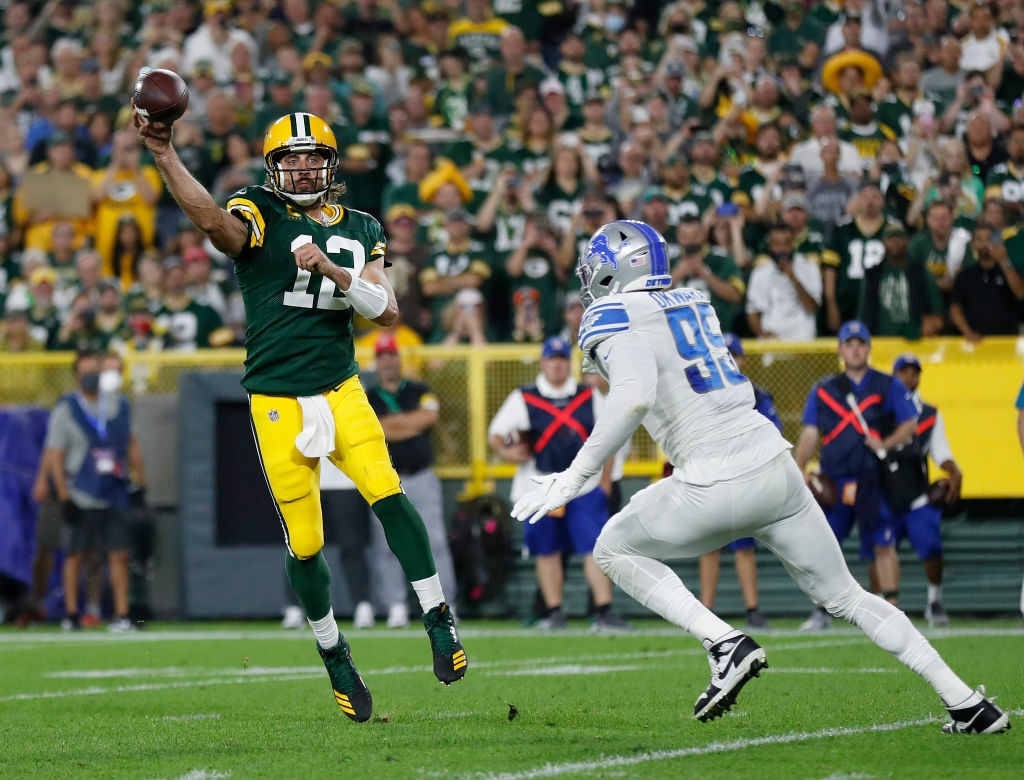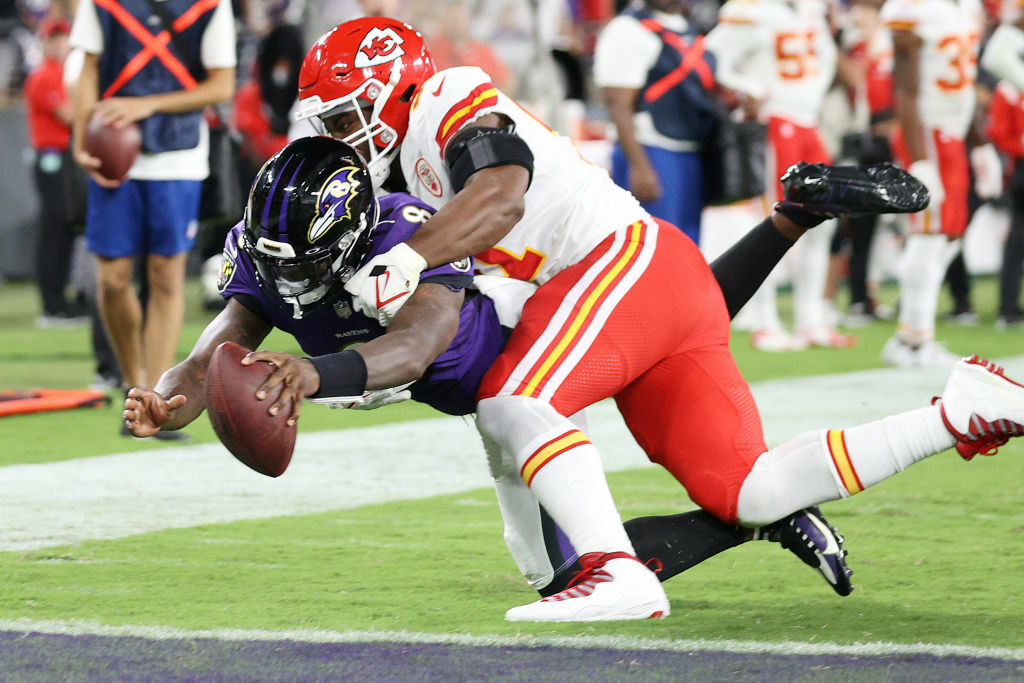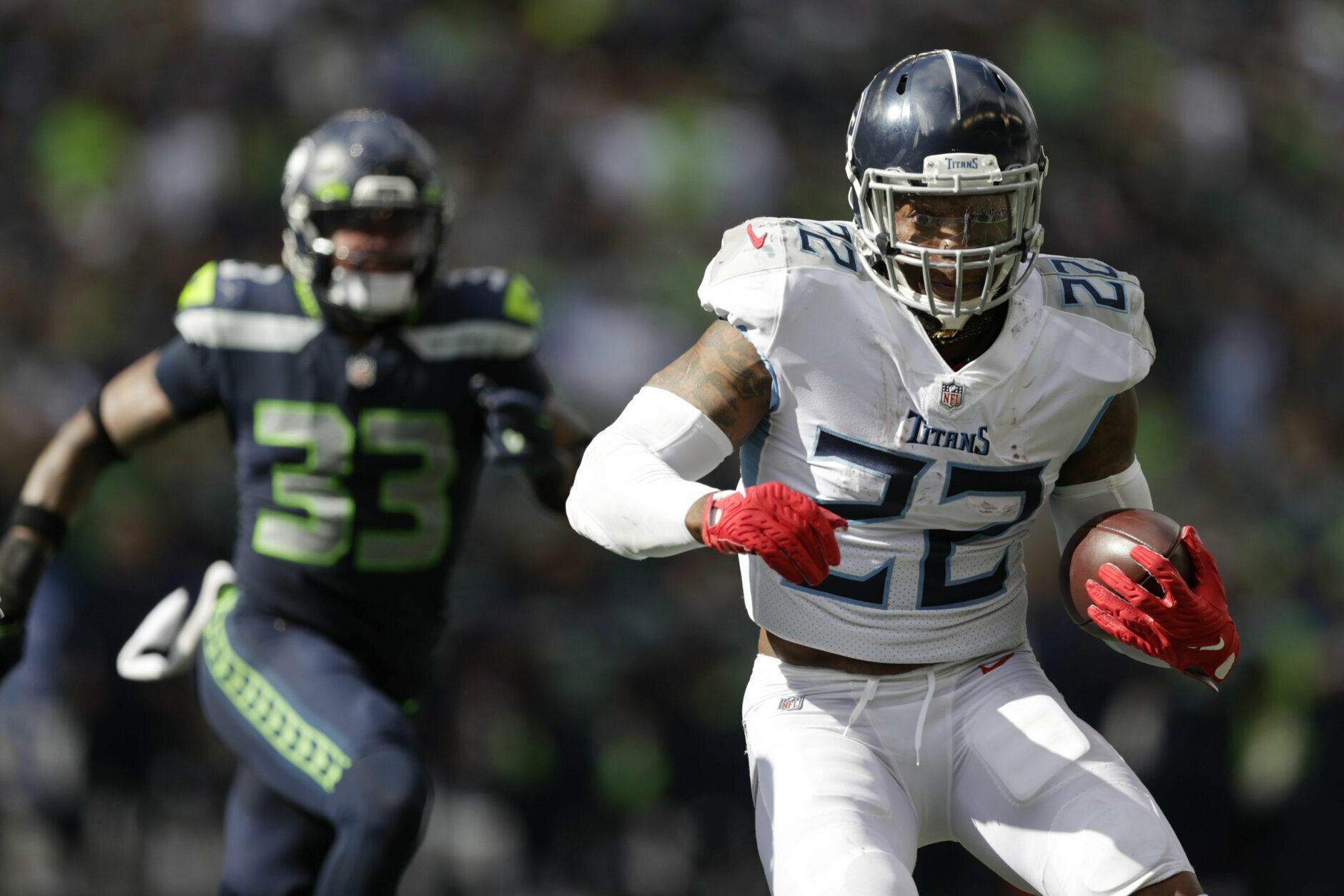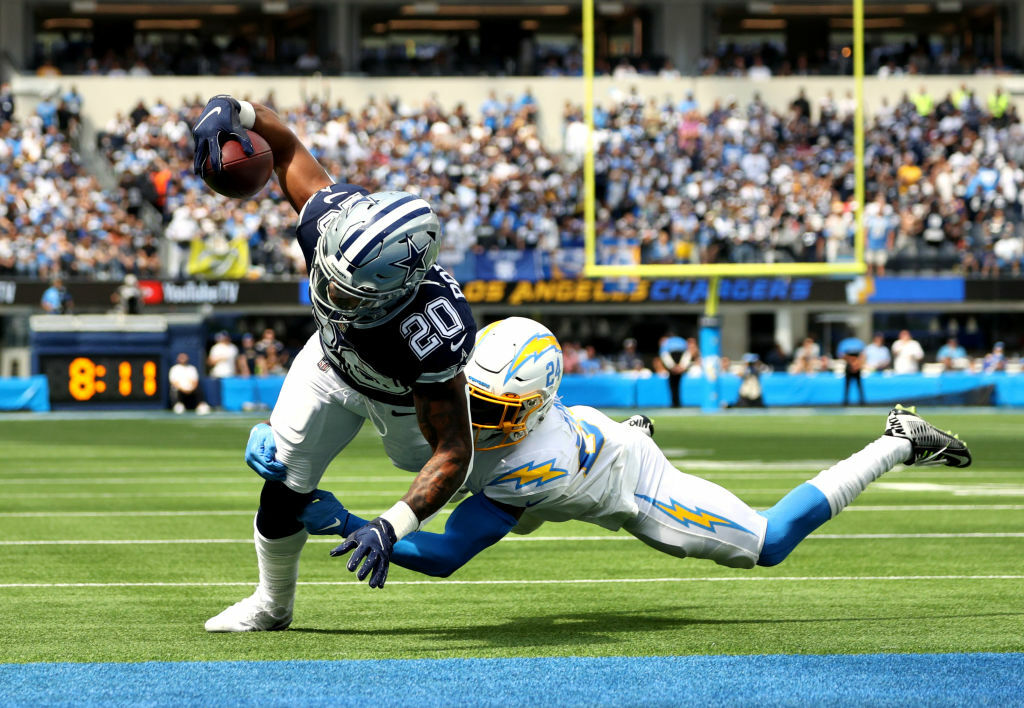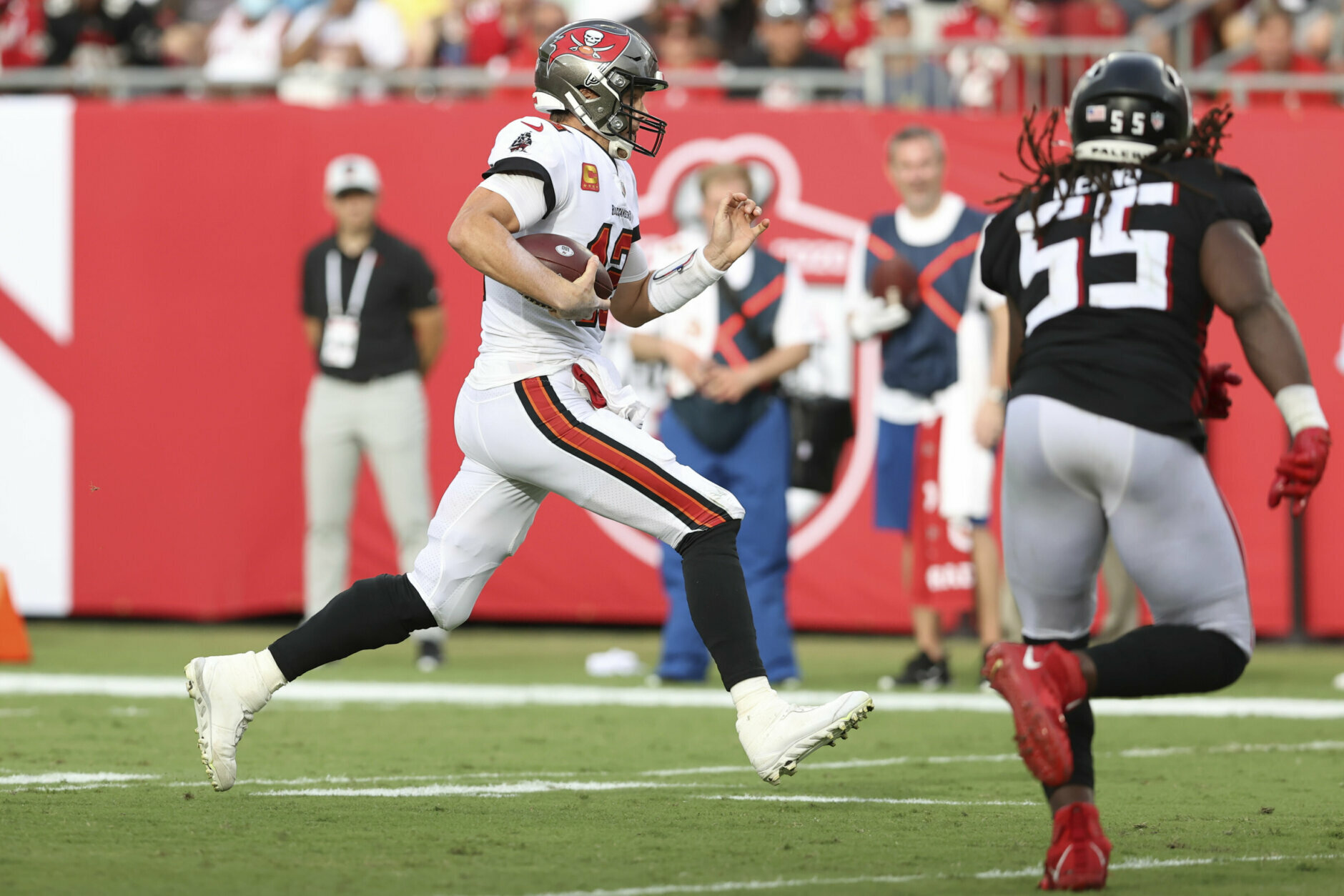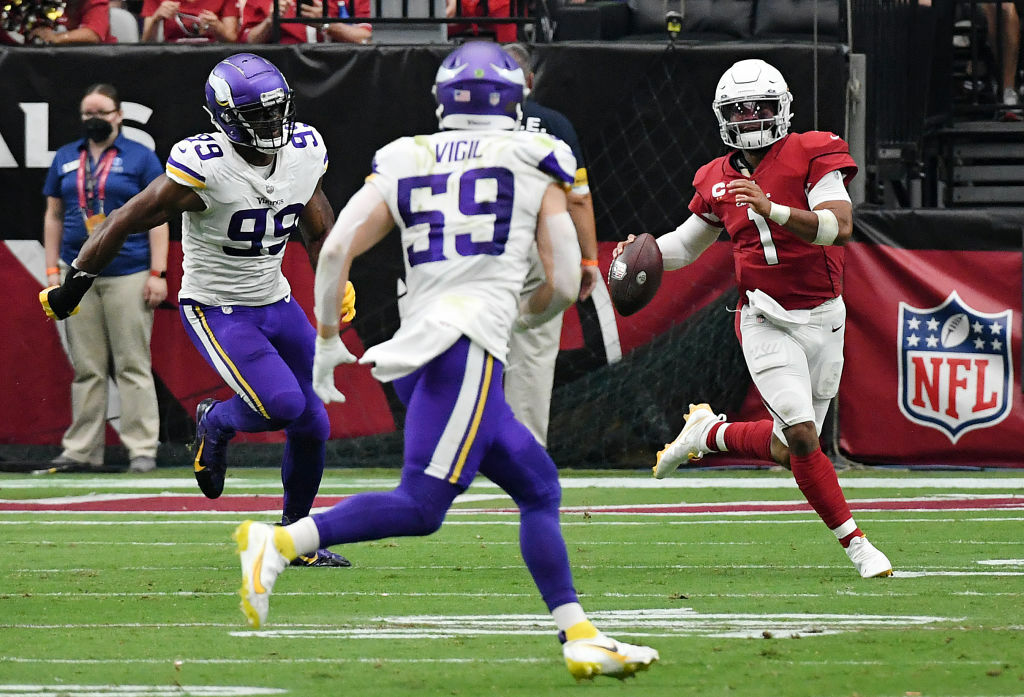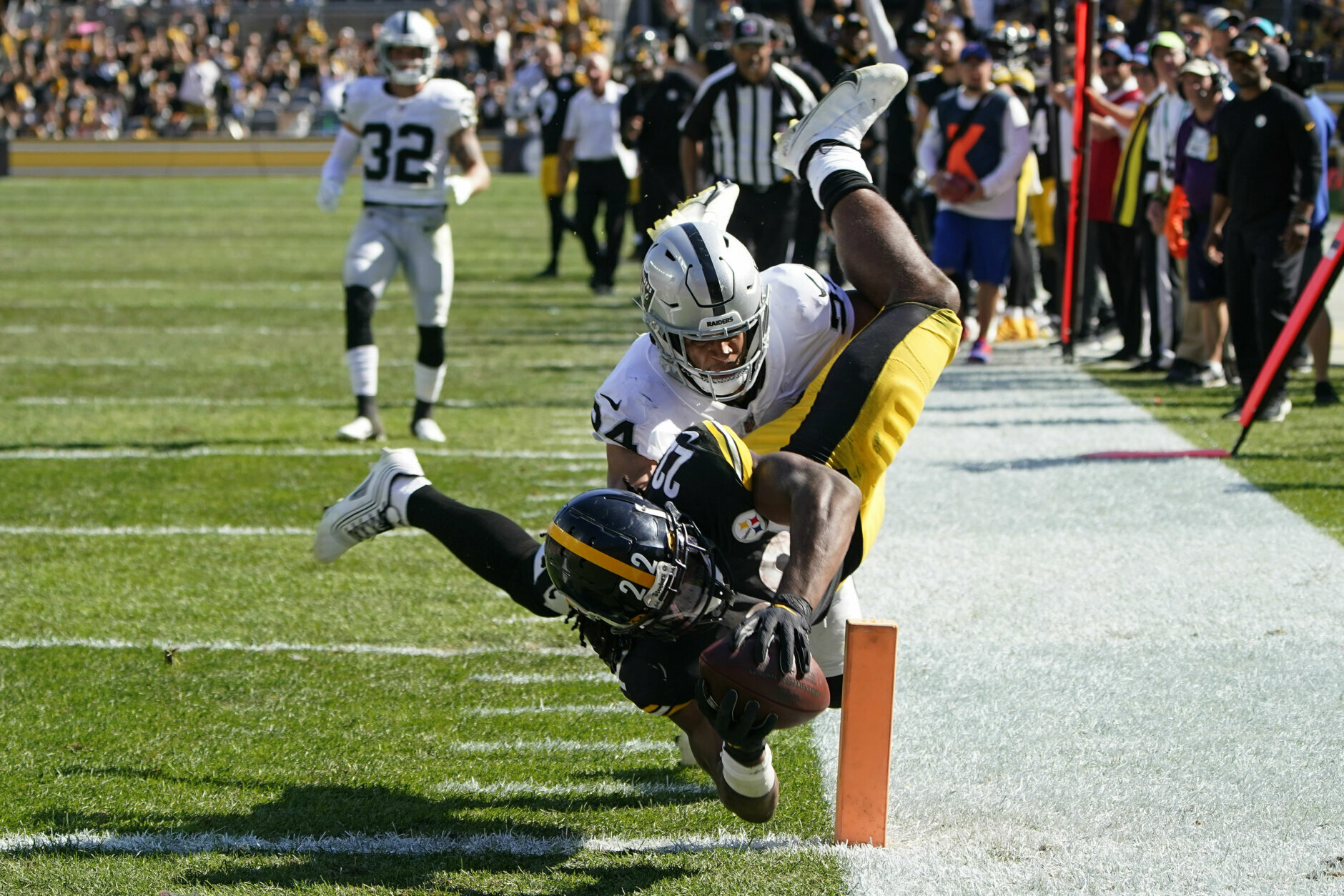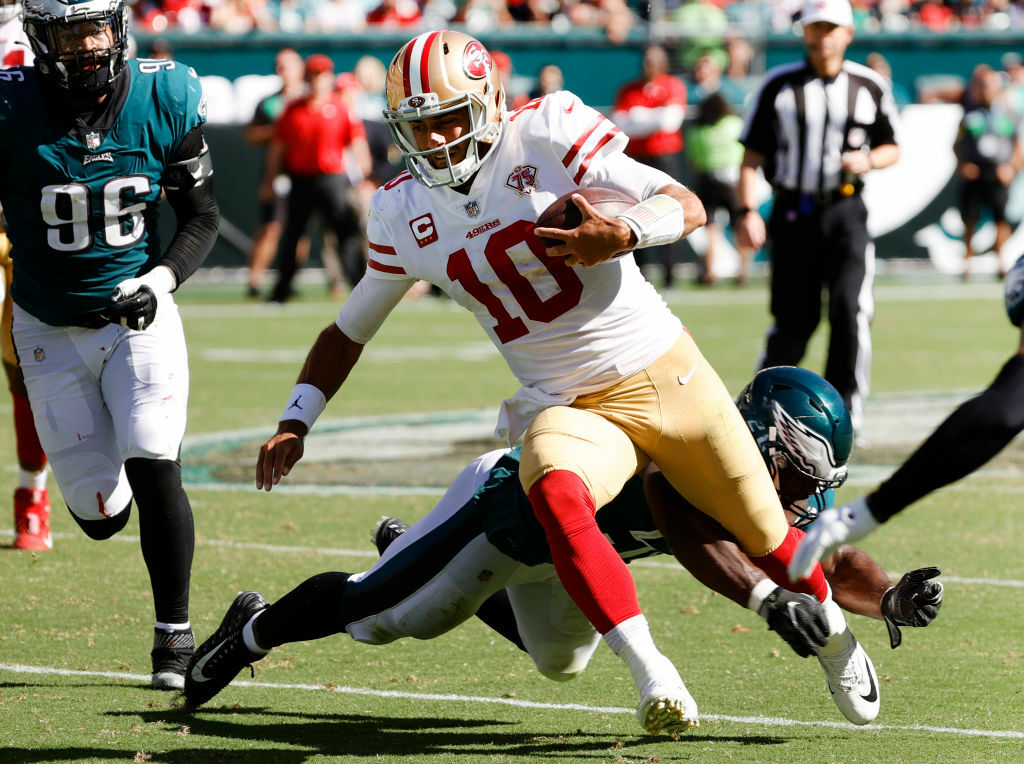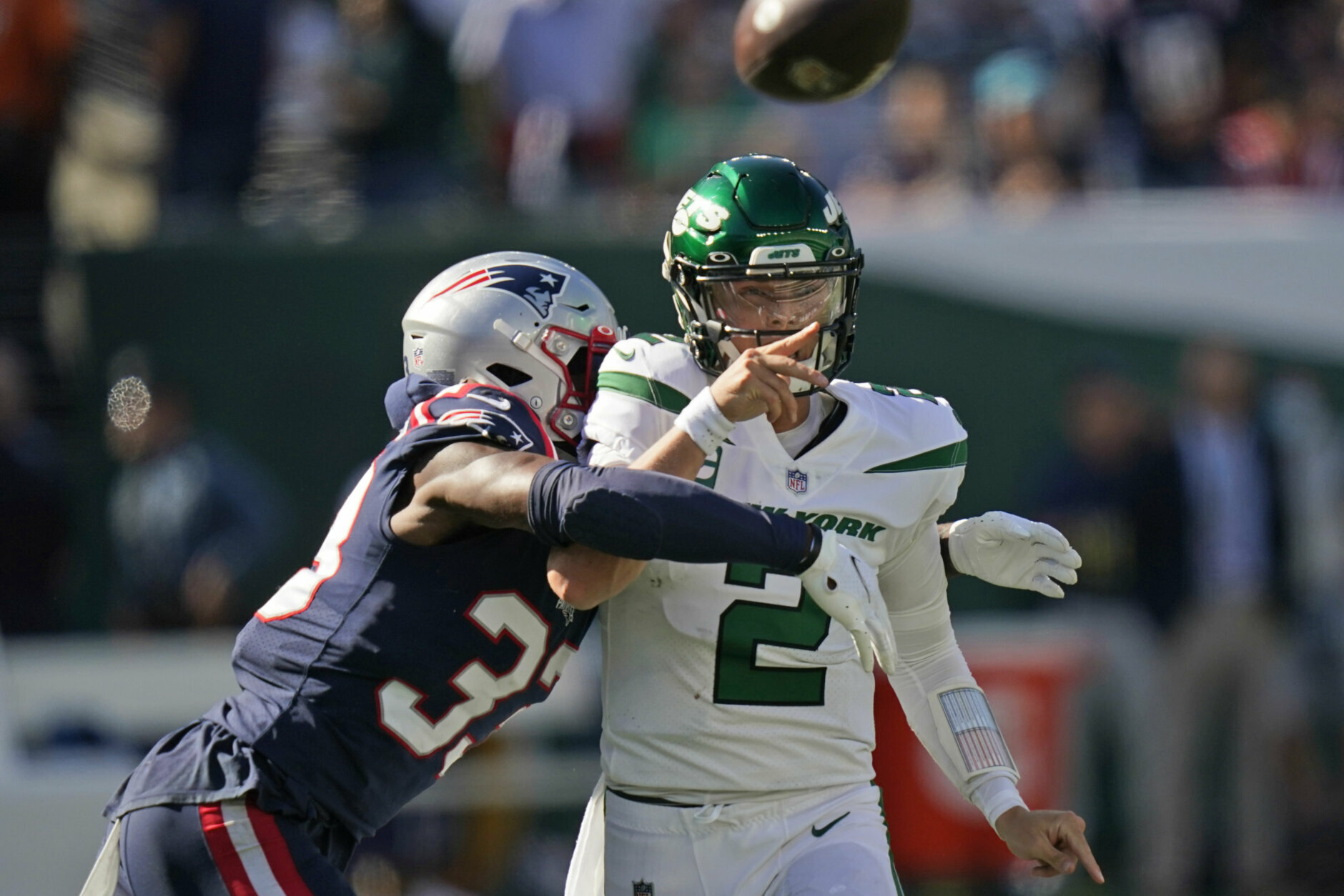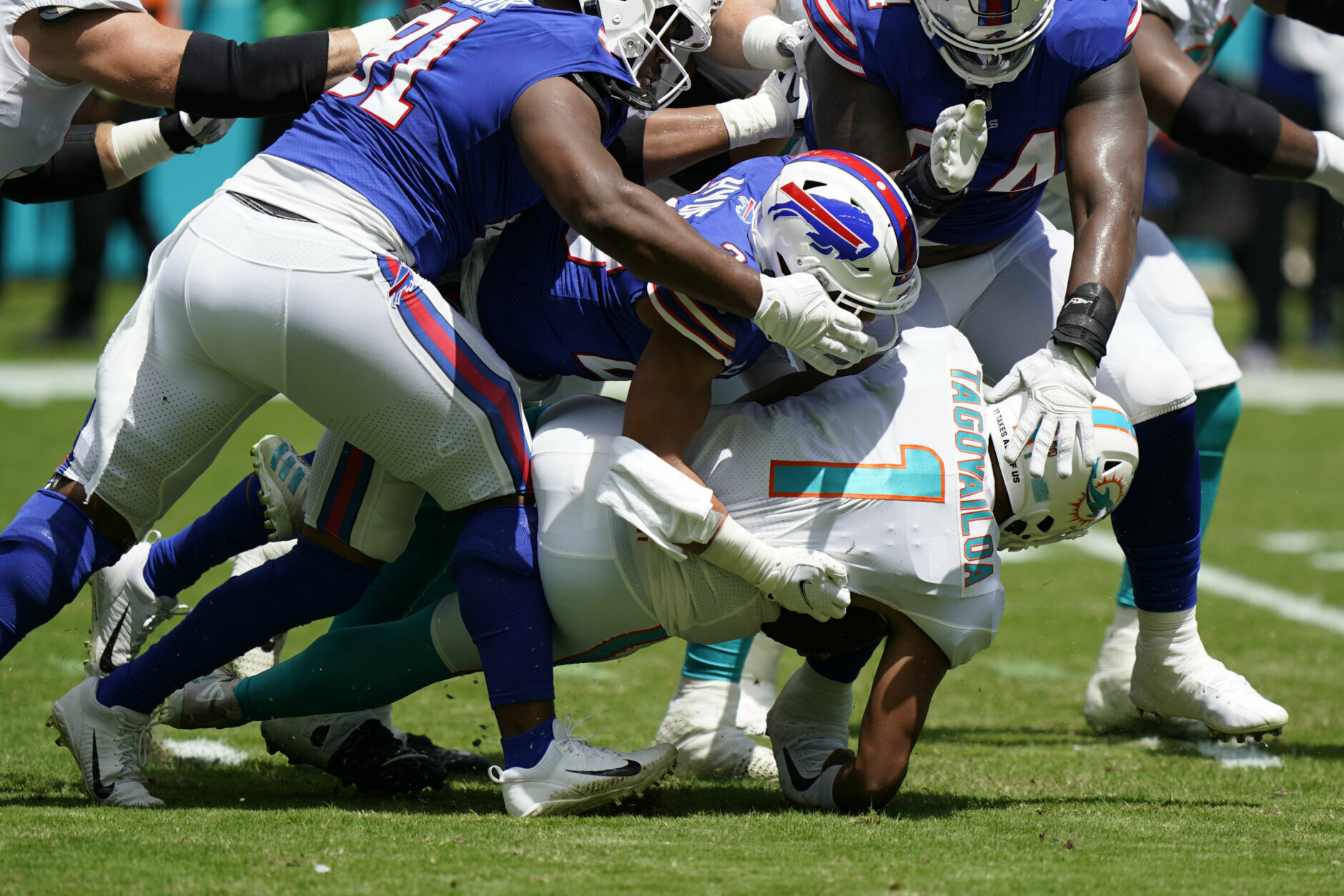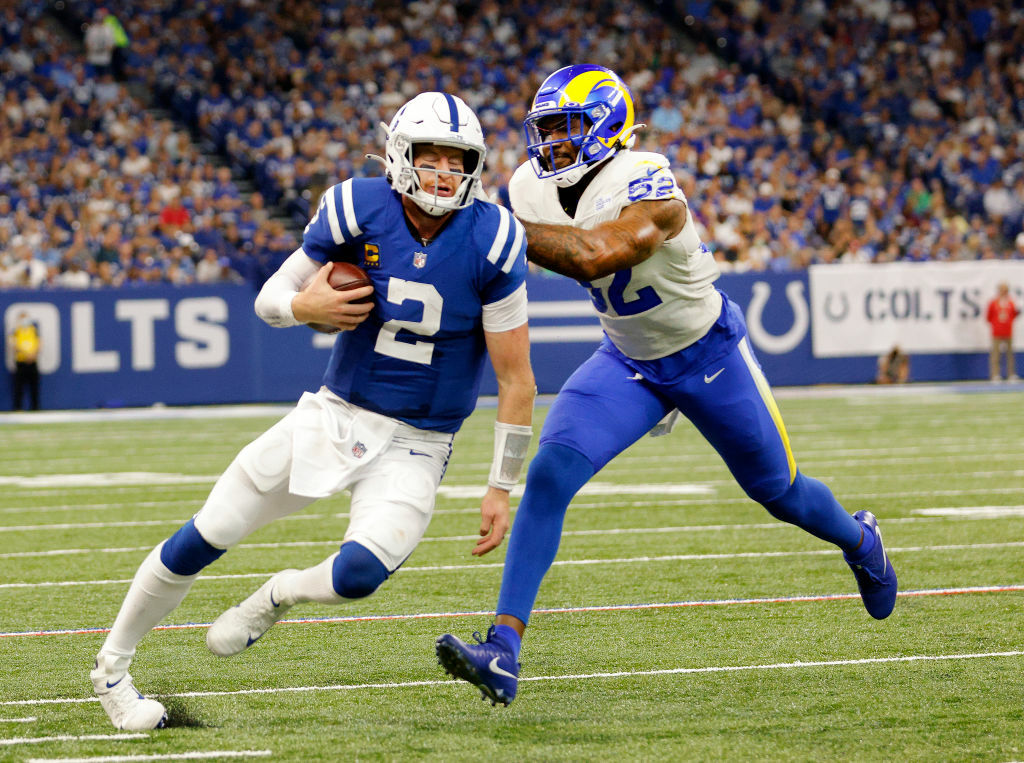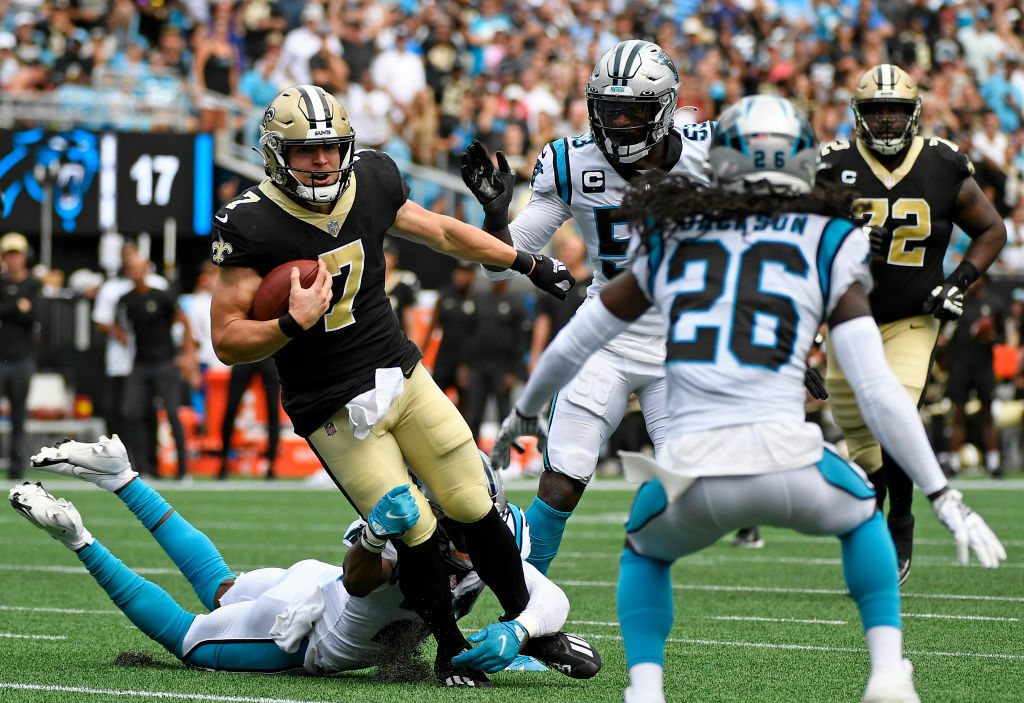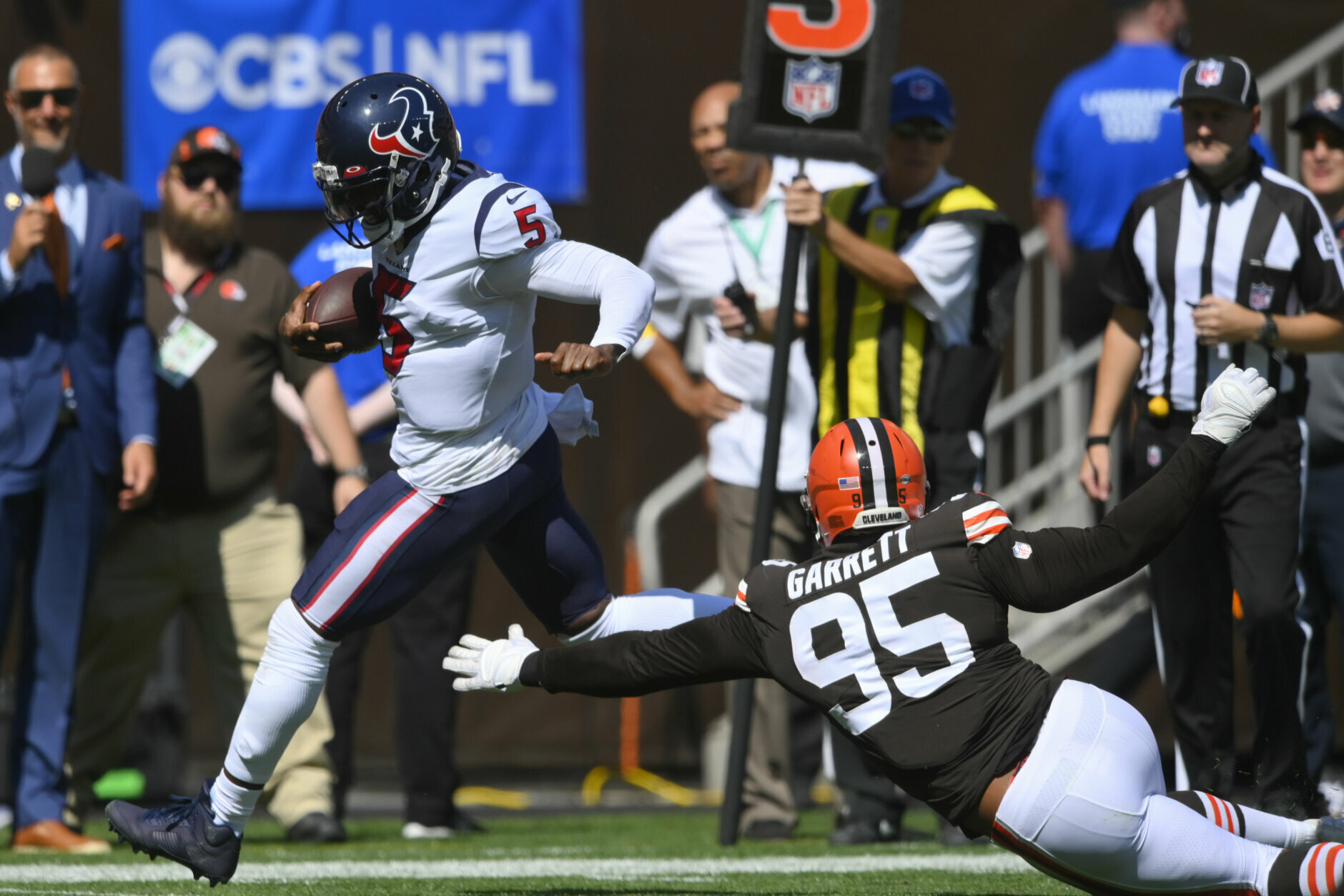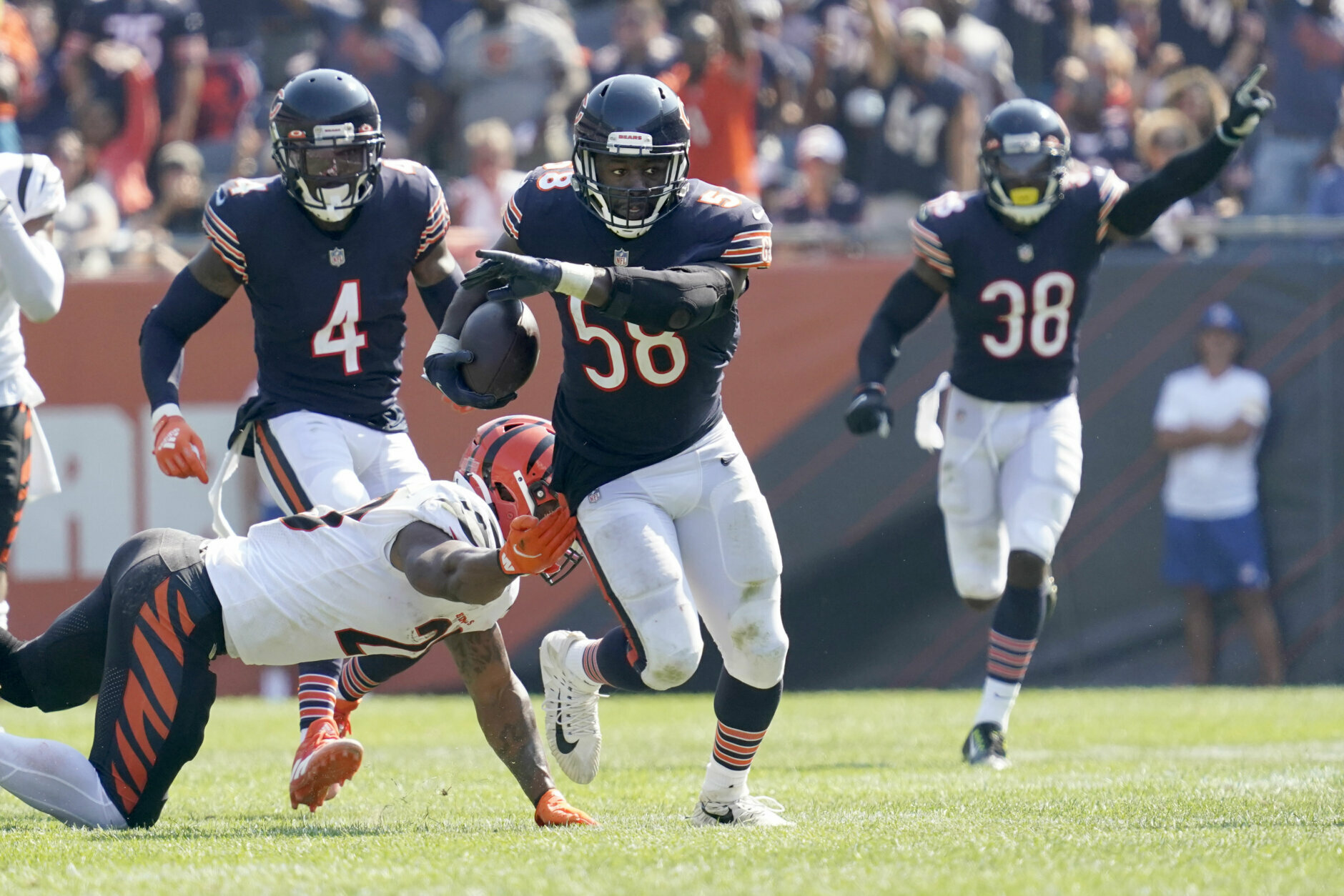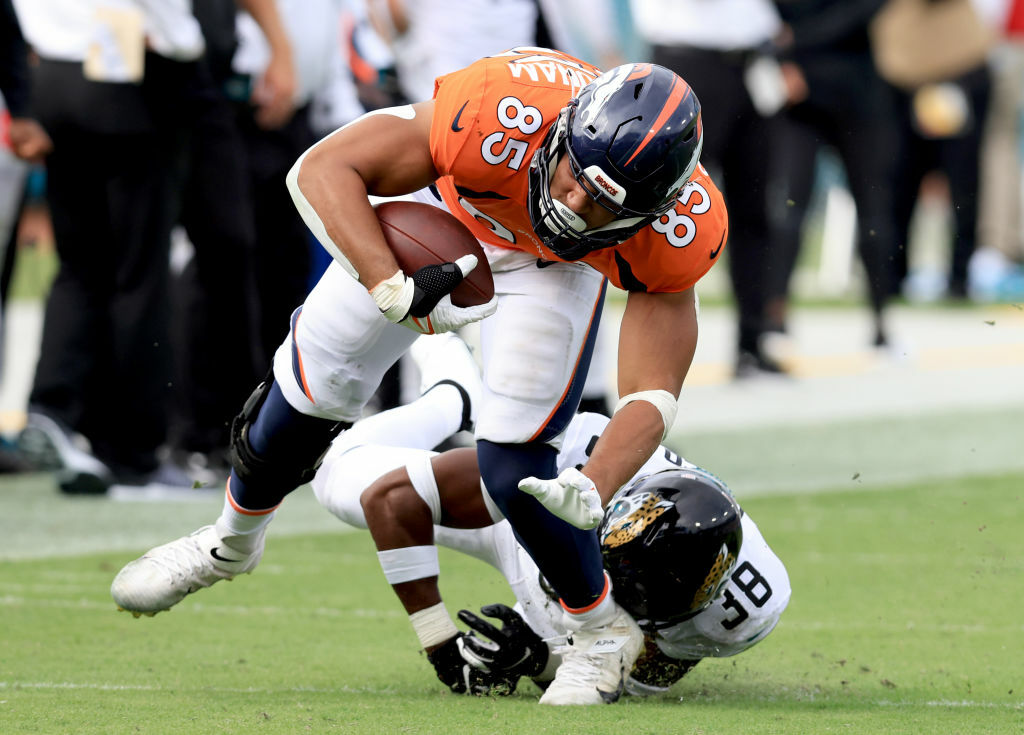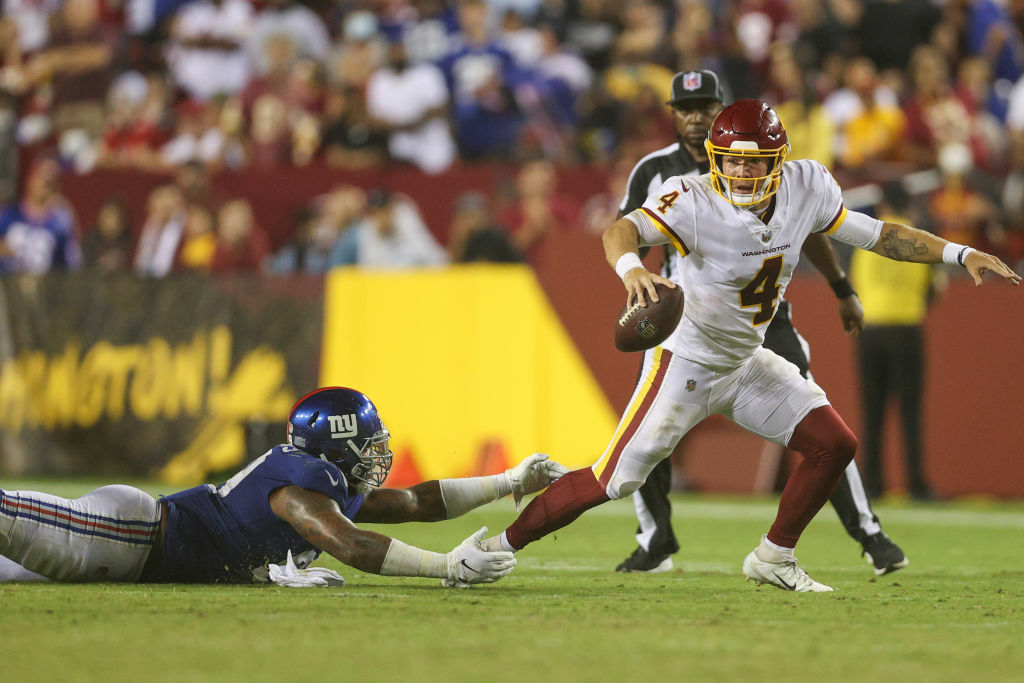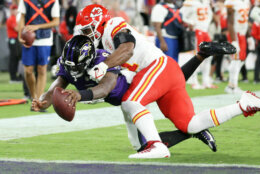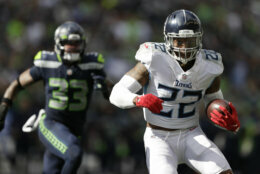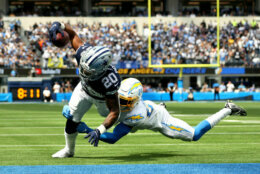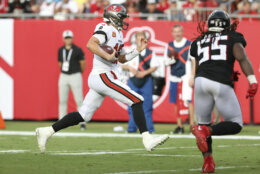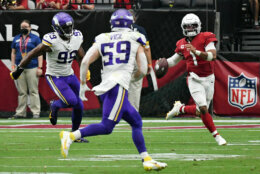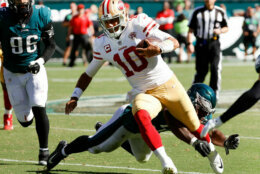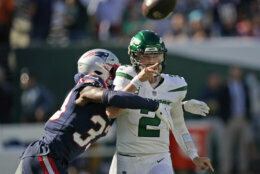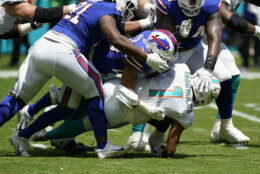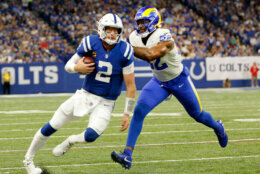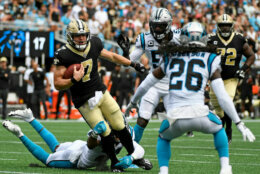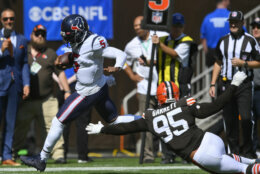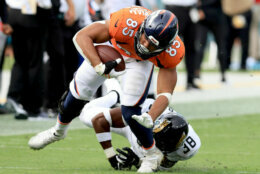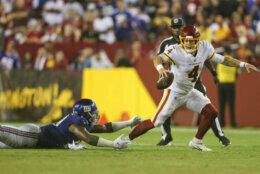At long last, the Baltimore Ravens dispatched of the Kansas City Chiefs, overcoming a late 11-point deficit to turn what was previously one of the most lopsided matchups — Sunday night’s 36-35 thriller was Baltimore’s first win over KC since 2012 — into a true rivalry.
Despite the relief over getting the proverbial monkey off the Ravens’ backs, the win will ring a bit hollow without a championship ring to top it off. And Baltimore’s approach to 2021 may have undermined that effort.
Lamar Jackson’s double triple and clutch jump pass finally announced to the football world that he can go toe-to-toe with Patrick Mahomes, the player with whom Jackson will always be compared to because of consecutive masterpiece seasons in which each won MVP successively — even though Mahomes has never done it with a league-high 15 teammates on injured reserve as Jackson is trending toward doing.
However, Kansas City has managed to keep a ridiculous bevy of weapons around Mahomes and just revamped their offensive line in response to the stunning 31-9 throttling in Super Bowl LV. Even with Sunday night’s loss, the Chiefs remain the favorite to make a third straight trip to the Super Bowl.
What was Baltimore’s answer to a passing offense ranked dead last in just about every passing metric the last two years? Signing Sammy Watkins to a one-year deal — essentially picking up Kansas City’s scraps.
The Ravens are wasting the NFL’s greatest gift: a franchise quarterback playing on a rookie contract. Jackson’s cap number this season is $3 million. It’s generally impossible to get a championship-caliber signal caller that cheap otherwise, and it allows the franchise to build up a great team around him.
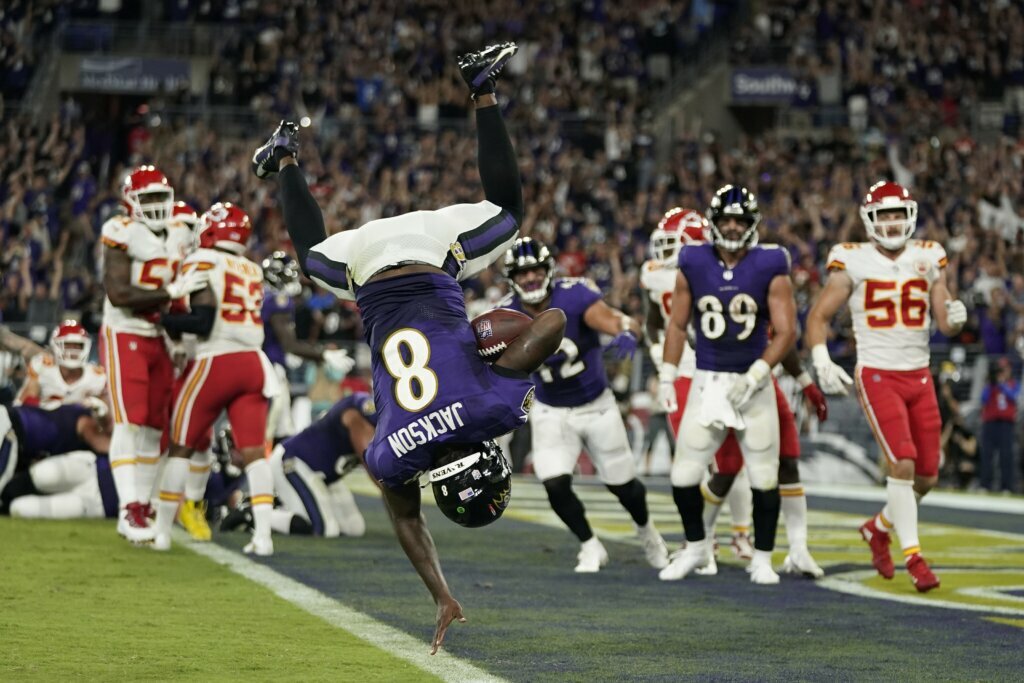
Yet with that benefit, the Ravens failed to make two potentially franchise-altering moves in the offseason: signing J.J. Watt, and trading for Julio Jones.
I know, I know. It smacks of Washington in 2000: Watt and Jones are two 30-something players on the back end of their careers commanding big money. But this is way different from the “Fortune .500” disappointment in D.C.
Both Watt and Jones are the personification of what the Ravens look for at their respective positions, and considering Baltimore’s need for difference-makers on the defensive line and (especially) at receiver, these would be worthy gambles for the next year or two.
Jones should be self-explanatory, given Baltimore’s obvious struggles in the passing game. Josh Allen’s renaissance after Buffalo acquired Stefon Diggs is the blueprint for what Jones could do for Jackson — especially considering Jones is an established veteran and two-time All-Pro. His presence both on the field and in the locker room could even boost the performance of some of Baltimore’s younger receivers (I’m looking at you, 2019 first-round pick Marquise “Hollywood” Brown). Tennessee gave up a second-round pick and a fourth-rounder for Jones. That’s a discount for a player that, when healthy, can be dominant.
Watt’s impact in Arizona has yet to translate to gaudy numbers in the box score, but his presence has helped Chandler Jones dominate in the first two weeks of the season. In Baltimore, Watt would have the benefit of lining up next to Calais Campbell and the up-and-coming Justin Madubuike to form one of the most dominant defensive line tandems in the league. That would be huge for a team so depleted by injury on the back end of the defense.
Also, Jones and Watt are veterans running out of chances to win a Super Bowl. Thanks to a 14-win 2019 season, Baltimore is widely considered a contender. And with Jones carrying a $4.1 million cap hit for this season and Watt at $4.9 million (according to Spotrac), the Ravens could have mounted an all-out assault on a championship in 2021, and even 2022 — even if their cap numbers skyrocketed to $14.3 million and $15.9 million, respectively.
Baltimore could afford that without dramatically altering the roster. As stated before, Jackson’s 2021 cap hit is a measly $3 million in what is the final year of his rookie contract. Assuming he plays under his fifth year option next season, $23 million is still considered a bargain for an MVP-caliber QB.
The Ravens entered the offseason with over $20 million in cap space for 2021, and are currently projected to have $28 million in cap space next year, according to overthecap.com. It would take some creative accounting to fit in Watt and Jones at the above numbers, but Baltimore could pull it off.
Perhaps the Ravens still make a run as currently constituted. After all, this franchise won both its Super Bowl titles as wild card underdogs and the 2010 Green Bay Packers overcame 17 players on IR to improbably clutch the trophy named for patriarch Vince Lombardi. But it’s hard to dispute that Watt and Jones would drastically improve Baltimore’s odds.
I recognize that here in Washington, we’re accustomed to constantly (and often rightfully) second-guessing the NFL franchise while Baltimore has enjoyed a first-class organization that largely does the right things the right way. But it looks like this is one instance where the Purple and Black needed to take a more Burgundy and Gold approach.
Click here to check out Rob’s take on the Packers-Lions game on MNF.







